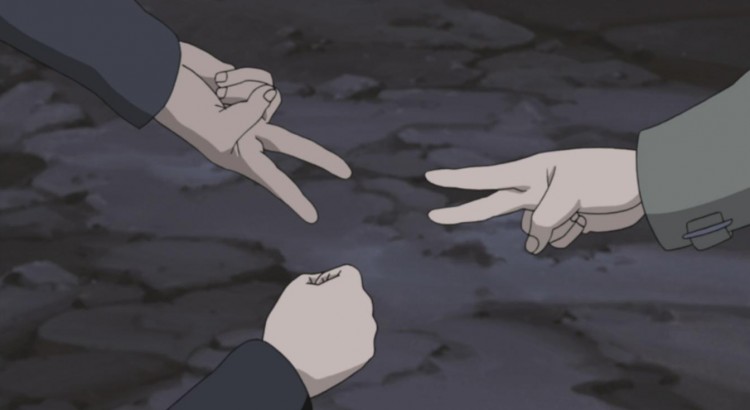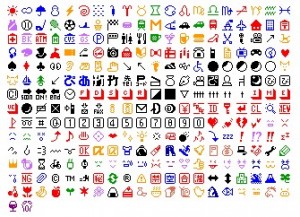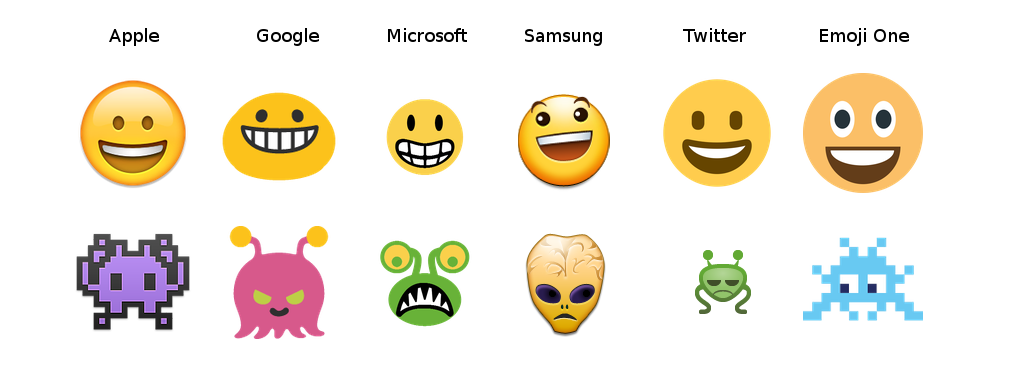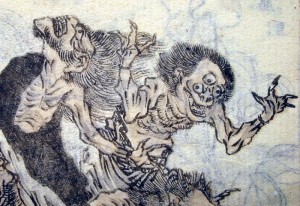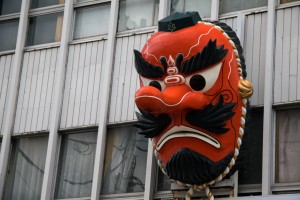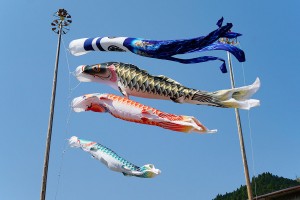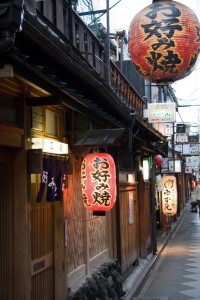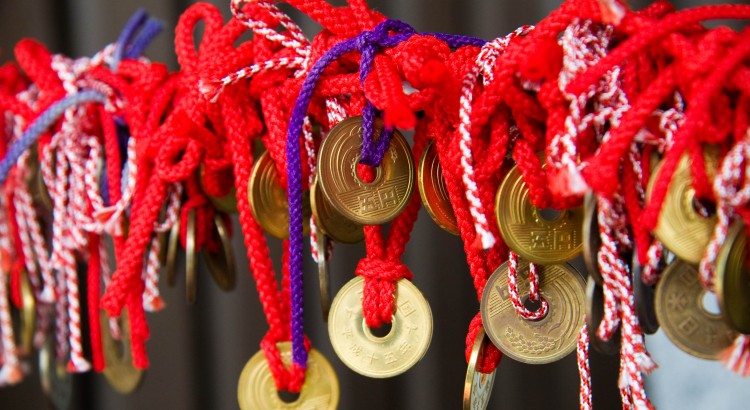Janken pon! (じゃんけんぽん!) This is the sentence to start a new game of rock paper scissors in Japan. This game is very popular among Japanese children since very old times. Did you know it was originated in Asia and it expanded from there to the rest of the world?
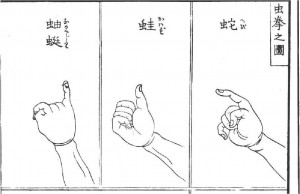
Some history
The game was created in China in the Han dynasty and from there it was imported into Japan where it became very popular. At the beginning the shapes done by the hands where very different from the ones used today. Instead of a rock, paper and scissors they represented a frog, a slug and a snake. After some time it evolved to the shapes we use today.
From Japan the game expanded to the rest of the world. In some countries like Peru and Brasil, the game is even known by the Japanese name: jan-ken-pon.
Rules of rock paper scissors in Japan
Who doesn’t know how to play it? This game is so popular everyone knows its rules. However, rock paper scissors in Japan has some particularities that make this game a bit different:
- The game starts when both players say: Saisho wa guu – 最初はぐう. It literally means “Beginning with stone”. At the same time both players show their fists to start the game.
- This is followed by someone saying: Janken pon! – じゃんけんぽん!and all players showing either rock, paper or scissors at the sound of pon – ぽん.
- If there is a tie it’s said Aiko deshou! 相子でしょう, which means “it seems a tie” and all the players show their hands again until someone wins the game.
Those are the different shapes you can make with your hands:
Rock: Guu – グー
![]()
Wins: Scissors
Looses: Paper
Paper: Paa – パー
![]()
Wins: Rock
Looses: Scissors
Scissors: Choki – チョキ
![]()
Wins: Paper
Losses: Rock
Robots playing Janken
Did you know there is a robot capable to play janken against a human and win every time? It was developed by the Ishikawa Watanabe Laboratory in the University of Tokyo. It uses a high speed vision system to capture the movement of the opponent’s hand and perform the winning shape right before the opponent finishes his movement:
Some pictures for this article in this article were taken from Wikipedia:
- “Mushi-ken (虫拳), Japanese rock-paper-scissors variant, from the Kensarae sumai zue (1809)” by Linhart, Sepp. “Die Repräsentation Von Tieren Im Japanischen Ken-Spiel: Versuch Einer Interpretation.” Asiatische Studien: Zeitschrift Der Schweizerischen Asiengesellschaft 65.2 (2011): 541-61.Yoshinami and Gojaku. 1809. Kensarae sumai zue (拳會角力圖會). 2 vols. Edo: Murataya, Jirobe, Osaka: Kawachiya Taisuke, Bunka 6.. Licensed under Public Domain via Commons.
- “Geisha Playing the Hand-Game Kitsune-ken (狐拳), a Japanese rock-paper-scissors variant, by Kikukawa Eizan (菊川英山)” by English: Kikukawa Eizan – Victoria and Albert Museum, online collection. Licensed under Public Domain via Commons.
